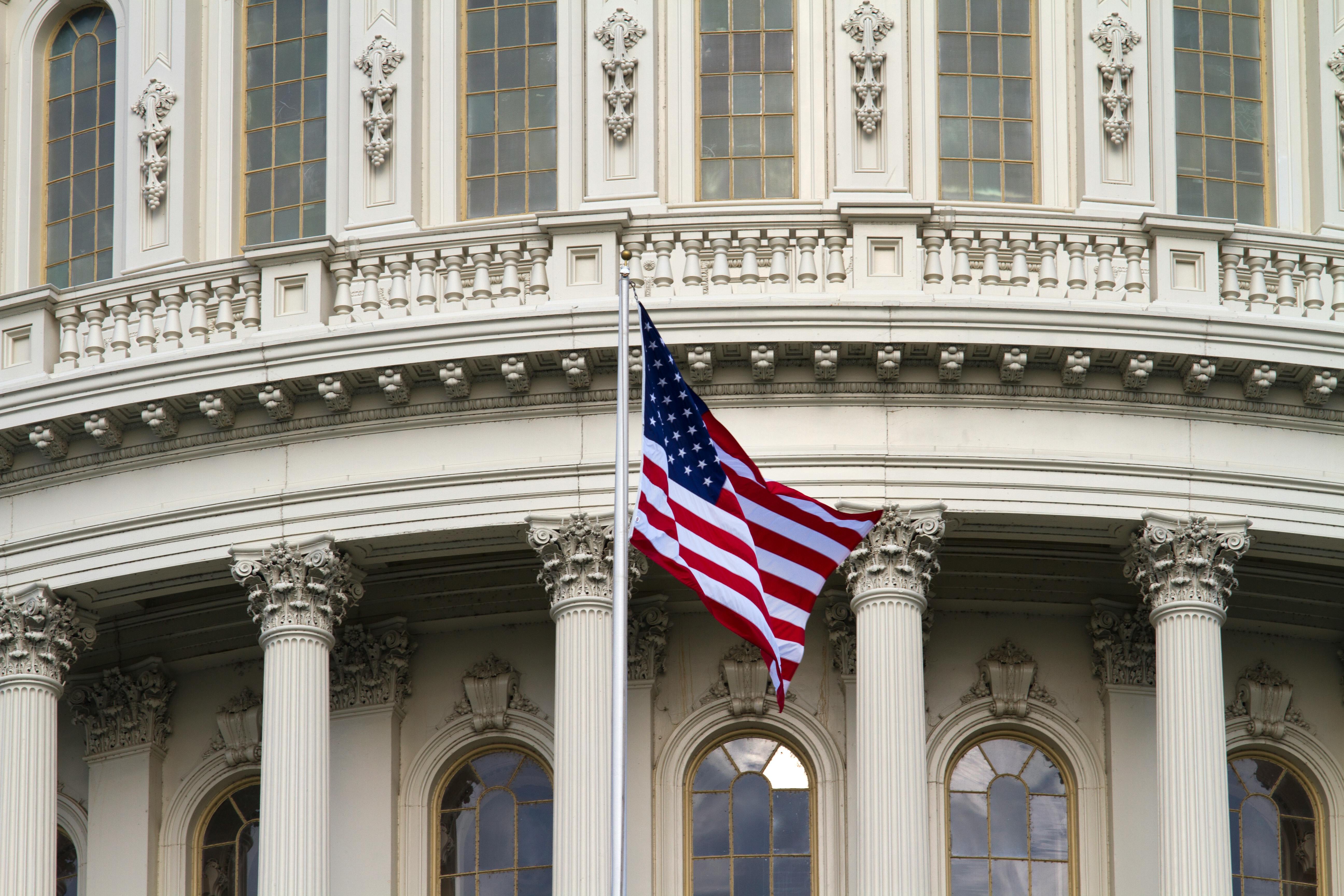Trump Turns Up The Heat On Fed Chair Powell Ahead Of Interest Rate Decision

The tension between former President Donald Trump and Federal Reserve Chair Jay Powell has resurfaced as the central bank prepares for its upcoming meeting. Trump has once again intensified his rhetoric, urging the Fed to cut interest rates to bolster economic growth. With the Federal Reserve widely expected to hold borrowing costs steady, the debate underscores the challenges Powell faces in navigating political pressure while maintaining the bank’s independence.
Background on Trump’s Criticism of the Federal Reserve
Trump’s criticism of the Federal Reserve and its chair is not new. During his presidency, he frequently expressed dissatisfaction with the Fed’s decisions, particularly its reluctance to lower rates during periods of economic expansion. Trump argued that higher rates stifled growth and placed the U.S. at a competitive disadvantage globally.
Notable clashes included his public statements labeling the Fed’s rate hikes as misguided and Powell’s leadership as a “problem” for the economy. Trump’s calls for aggressive rate cuts often put Powell in the uncomfortable position of defending the central bank’s independence.
The Federal Reserve’s Independence
The Federal Reserve operates as an independent institution, insulated from direct political influence to ensure decisions are based on economic data rather than short-term political pressures. This independence is vital for maintaining economic stability and investor confidence.
However, political scrutiny, especially from high-profile figures like Trump, can create challenges. Powell has consistently emphasized the Fed’s commitment to its dual mandate of promoting maximum employment and stable prices, even as public and political commentary has intensified.
Economic Context Surrounding the Debate
The current U.S. economic landscape adds complexity to the situation. Inflation remains near target levels, and unemployment is historically low, factors that typically support a steady approach to interest rates. However, global economic uncertainty, including slowing growth in key international markets, has raised concerns about potential headwinds.
The Federal Reserve’s recent decisions have leaned toward caution, with Powell indicating a willingness to adapt policy if conditions warrant. This measured approach contrasts with Trump’s push for proactive rate cuts to stimulate further growth.
Implications of Trump’s Pressure
Trump’s public demands for lower rates could influence market expectations, potentially complicating the Fed’s efforts to manage monetary policy effectively. Markets often react to perceived shifts in policy direction, and heightened expectations of rate cuts can create volatility if the Fed ultimately holds steady.
Moreover, sustained political pressure risks undermining the Federal Reserve’s credibility. If the central bank is seen as yielding to external influence, it could erode confidence in its ability to make independent decisions based on economic fundamentals.
What to Expect at the Upcoming Fed Meeting
As the Federal Reserve’s meeting approaches, analysts widely predict that borrowing costs will remain unchanged. Key factors influencing this decision include stable inflation, robust employment figures, and the need to maintain flexibility in the face of global uncertainties.
Despite Trump’s calls for action, Powell and his colleagues are likely to emphasize their data-driven approach, reaffirming the Fed’s independence. Markets will be closely watching not only the decision but also Powell’s remarks during the post-meeting press conference for insights into the central bank’s outlook.
Conclusion
The stakes are high as Trump’s public pressure on Powell coincides with the Federal Reserve’s efforts to navigate a complex economic environment. While Trump’s push for rate cuts reflects his preference for aggressive growth strategies, the Fed must balance these demands with its mandate to ensure long-term stability.
Ultimately, the Federal Reserve’s credibility and independence remain paramount. Powell’s leadership during this period will shape not only the immediate direction of U.S. monetary policy but also the broader perception of the Fed’s resilience in the face of political scrutiny.
Author: Ricardo Goulart
The Self-Destructive Nature Of Anti-Tourism Protests: Balancing Resident Concerns With Tourism Benefits
In recent years, anti-tourism protests have become increasingly common across popular tourist destinations. From the Bal... Read more
Military And Strategic Implications Of The Ukrainian Drone Attack In Kursk
On a recent morning, the Kursk region in south-western Russia witnessed an unexpected and significant event: a Ukrainian... Read more
Chinese Tech Stocks Gain Ground Despite Wall Street Technology Sell-Off
Chinese tech shares in Hong Kong gained on Friday, defying a technology stock sell-off on Wall Street, driven by strong ... Read more
Defense Pact Between Britain And Germany: A Focus On Cybersecurity And Joint Operations
In a move set to redefine European defense collaboration, Britain and Germany have signed a comprehensive defense pact a... Read more
US Secret Service Director Steps Down After Trump Assassination Attempt
Security lapses admitted by Kimberly Cheatle prompt resignation.Kimberly Cheatle, the head of the US Secret Service, has... Read more
Kamala Harris Promises A Brighter Future In Official Campaign Launch
In a vibrant and impassioned campaign launch, Vice President Kamala Harris vowed to lead America toward a "brighter futu... Read more

